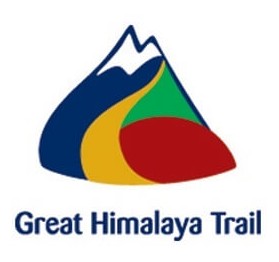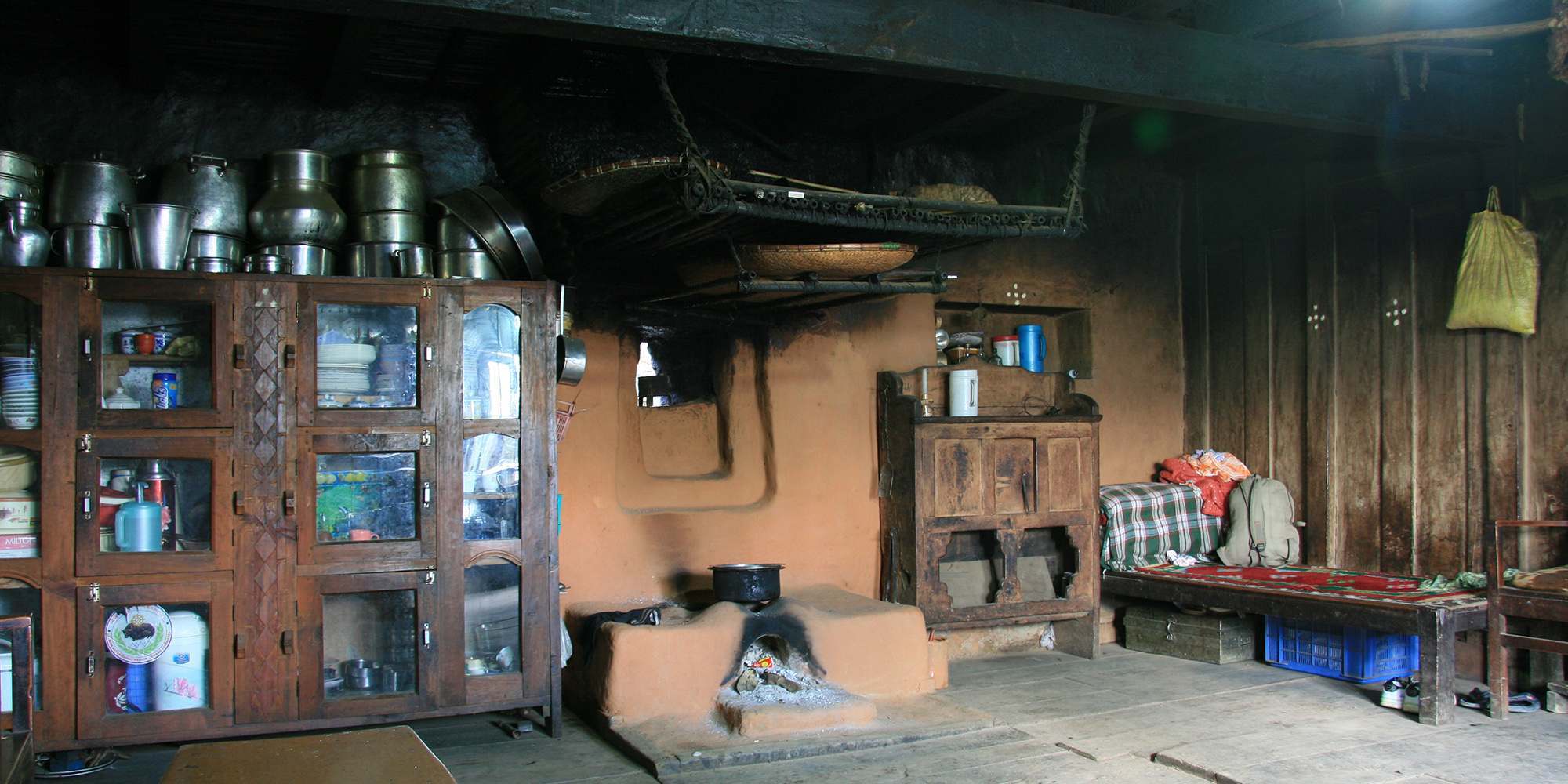The Impact of Your Trek
Yes, what you pay for a GHT Trek has a big economic impact in Nepal, India and Bhutan, but there is more to responsible tourism than most travel companies would like you to know . The impact of your trek can have profound impacts on local communities both good and bad, so here we discuss how to maximise the positives and mitigate the negatives. The GHT has been designed on the principles of Responsible / Sustainable Tourism and we do our very best to make sure that the GHT is good news for the locals and the environment.
The GHT Walk the Talk Approach
To walk the talk, we have pioneered the development of social impact assessment (see the MyGHTi project) and calculate Green House Gas and Waste created for each trek. So now you know what sort of impact you are having and how best to manage it.
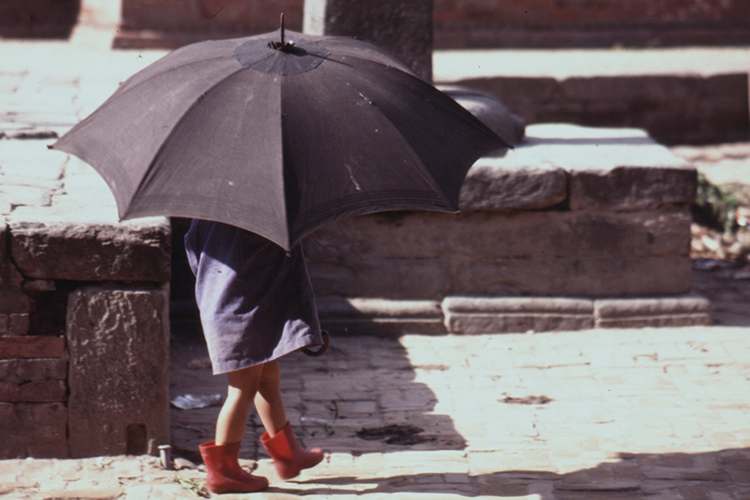
We encourage a pack-it-in, pack-it-out philosophy and rely on local supplies of staff, food and fuel at every possible opportunity.
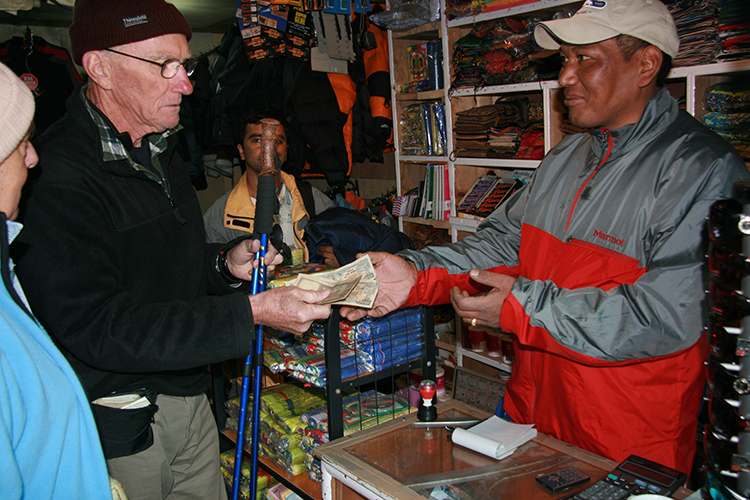
Buy Local
Unfortunately, responsible tourism isn’t a high priority among guides and trekking companies, who often prefer the cheapest option or a fancy imported product rather than the most sustainable. For example, when selecting things to eat, you might prefer the freshest vegetables that have been grown locally, rather than those bought in from afar. Or if you have to purchase some clothing for your trek, locally made can be just as good as products imported from overseas.
We calculate the social and environmental impacts of your GHT Trek, and also consider the Trade Off between impacts and how to manage them.
Paying locals directly for produce and services rather than going through guides or middle-men avoids the chance of commissions and excessive negotiation. This will probably reduce the amount you pay for things. Paying direct also gives you the ‘right of choice’ for what you are paying for, which gives you a chance to promote more sustainable practices.
The Social Impact of Your Trek
Through the MyGHTI Community and Individual Surveys we have identified 15 indicators for social and cultural impacts of tourism. Our findings show that the major negative issues like seasonal overcrowding and fuel, waste and water management (for example, using firewood for cooking and heating, rubbish management and water source pollution) are mixed with positive impacts like community engagement and female empowerment.
The bottom line is that there is a lot you can do to create positive impacts and reduce negative impacts:
- Avoid burning firewood for cooking and heating. This also applies to your guide and porters if you are camping. You need to check that your crew have the appropriate clothing to stay warm before you begin your trek.
- Do not buy water in plastic bottles! Use refillable bottles and it is easy to find safe-to-drink boiled water everywhere.
- Try to avoid the busiest trails in peak season. Shoulder season trekking (before and after the busiest periods) has all the benefits but without the crowds.
- Buy local all the time. Avoid any imported foods (pasta especially) and drinks – locally grown and prepared is the freshest and tastiest!
- Value cultures by spending time with the locals. You will be surprised about what you can share. If you get the chance, learn how to dance with them, or teach locals some new words of your own language.
Spend Direct for the Greatest Positive Impact
The most important Social Impact Indicator is how much money you spend directly for local products and services. So, we calculate exactly how much of the overall trek cost is spent in the field and what is spent elsewhere.
- You should aim for a MINIMUM of 50% to be spent directly with locals.
- If you are over 75%, that’s fantastic!
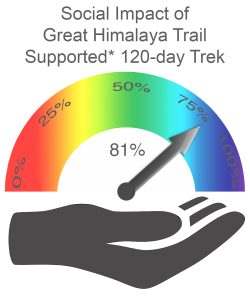
GHG and Waste Impact of Your GHT Trek
The Himalaya is suffering from the impacts of accelerated climate change; glaciers are melting, weather seasons are disrupted, harvests are reducing, and it’s now the greatest single threat to mountain livelihoods. We all know that we need to change the way we do things to reduce Green House Gas emissions and that includes during your GHT trek. Here are some ideas on what to do and there are more ideas on the MyGHTi pages:
- Offset your international and domestic flights. Don’t use helicopters unless in an extreme emergency.
- Used shared transport wherever possible. It might make you feel special to have your own vehicle, but it’s wiser and kinder to share.
- Dispose of your rubbish responsibly. Even if it means bringing used batteries back to a major city and carrying plastic as far as the next major town. Most villages will simply burn your plastic in open pits, whereas most towns have incinerators.
- Buy local all the time. Avoid any imported foods that come in plastic packaging (pasta especially) and drinks in plastic bottles.
Responsibly Manage Your Emissions and Waste
The more people who go with you into the mountains, the greater your footprint will be. But there are simple ways to reduce your footprint and offset your impacts. So, emissions and waste are not a reason to not go, they are the reason to act responsibly.
To give you an idea of relative scale of CO2 emissions, here’s some examples;
- The average Pine Tree represents 2500kg of CO2.
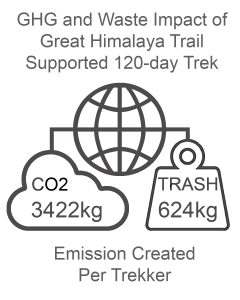
MyClimate CO2 Emissions by sector for economy class RETURN FLIGHTS:
- Los Angeles (LAX) -3900kg- Hong Kong (HKG) – 1000kg- Kathmandu (KTM) = 4900kg
- New York (JFK) – 3700kg – Dubai (DXB) – 1000kg – Kathmandu (KTM) = 4600kg
- London (LON) – 1800kg- Dubai (DXB) – 1000kg – Kathmandu (KTM) = 2800kg
- Frankfurt (FRA) -1600kg- Dubai (DXB) – 1000kg – Kathmandu (KTM) = 2600kg
- Tokyo (NRT) -1700kg- Kathmandu (KTM) = 1700kg
- Sydney (SYD) -2400kg- Bangkok (BKK) – 800kg- Kathmandu (KTM) = 3200kg
- New Delhi (DEL) – 380kg – Kathmandu (KTM) = 380kg
For more information about off-sets see MyClimate
Eat local Food as much as possible. It’s bound to be cheaper, fresher and healthier than the somewhat strange versions of international dishes you will come across.
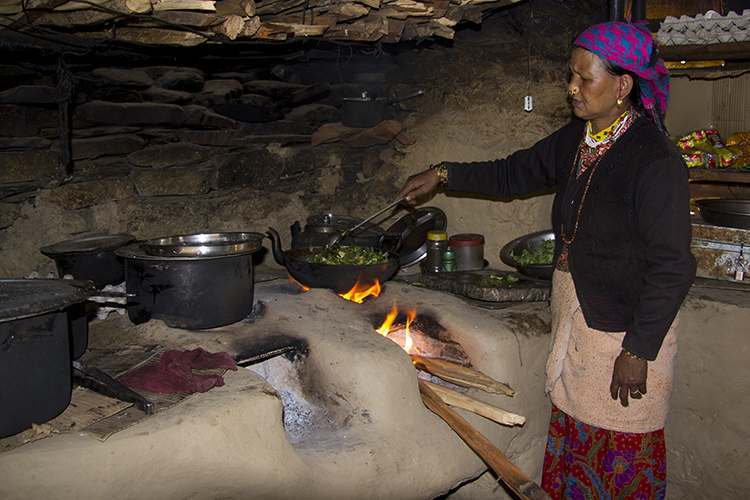

The Trade-Off in the Impact of Your Trek
It’s pretty simple – the more people who go with you, the greater the positive social impact, and the worse the potential GHG and Waste impact. The trade-off of impacts of your GHT Trek is about managing them in the best possible way. That means reducing negative impacts before off-setting them, as well as maximising positive impacts.
The most common issues that are involved in trade-off decisions are:
How much support do you need?
Carrying your own gear, plus food and fuel in remote areas can add up to a heavy pack. Plus, there are times when you need specialised equipment like climbing gear, which you don’t want to be carrying all the time.
Health and Safety?
Trekkers can get sick or have health problems for a variety of reasons, so having a guide with you is an additional level of safety. Plus, they are translators who can help you communicate effectively with locals about all sorts of things.
Navigation and Skills?
The GHT involves some very difficult mountain navigation, river crossings, requires some technical skills like abseiling on snow and ice, and all with the additional complication of altitude! Unless you have already spent many years trekking in the Himalaya, it is unlikely that you will have all the skills and knowledge necessary. There are also rules in all Himalayan countries that require you t have a guide in some places. So some support is probably going to be necessary at some point.
Deciding how you want to trek the GHT involves many decisions and each one brings its own unique set of trade-offs. So, take your time to research and plan. Then work out the best way to make your trek good news for the locals, the Himalaya and yourself.
Now it’s time to find your perfect trekking operator…
Choosing a Trekking Company (aka Outfitter) can be frustrating and end up in all sorts of problems. So we’ve come up with some tips and suggestions to make sure you’ll have no trouble finding the right operator.
